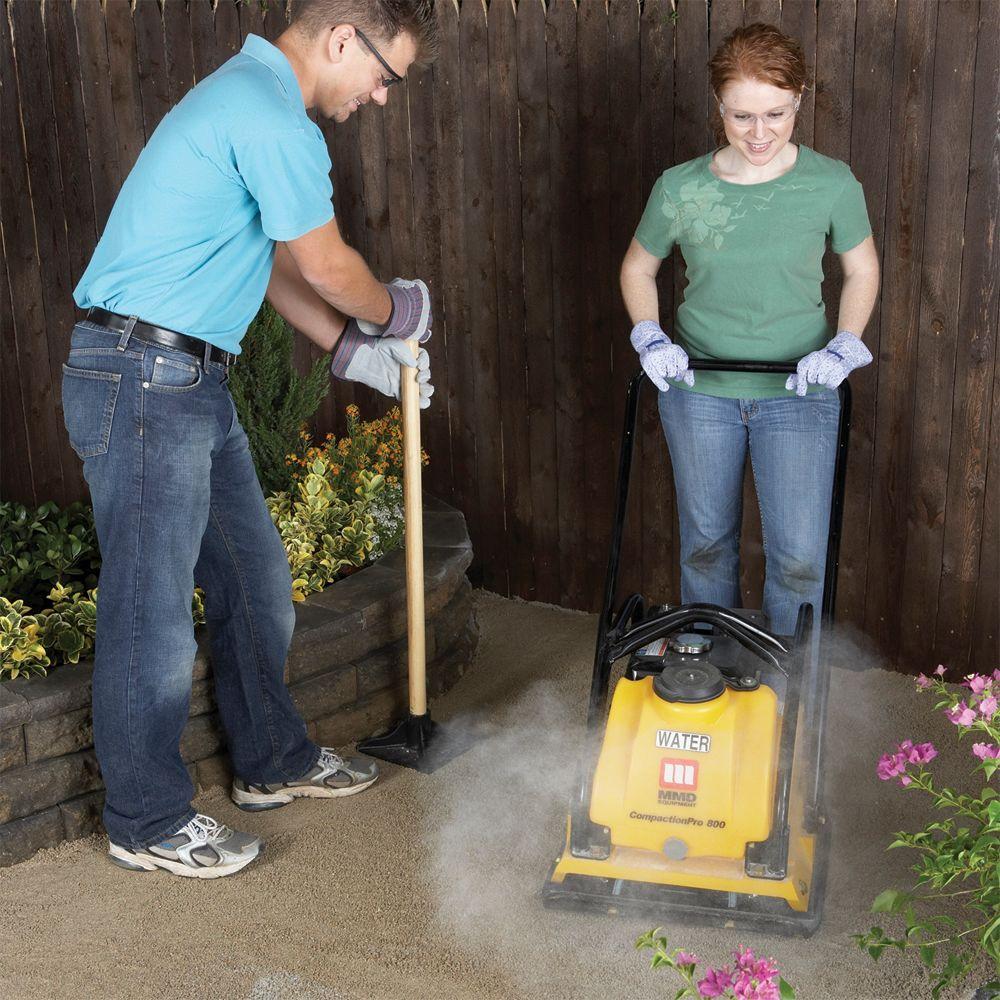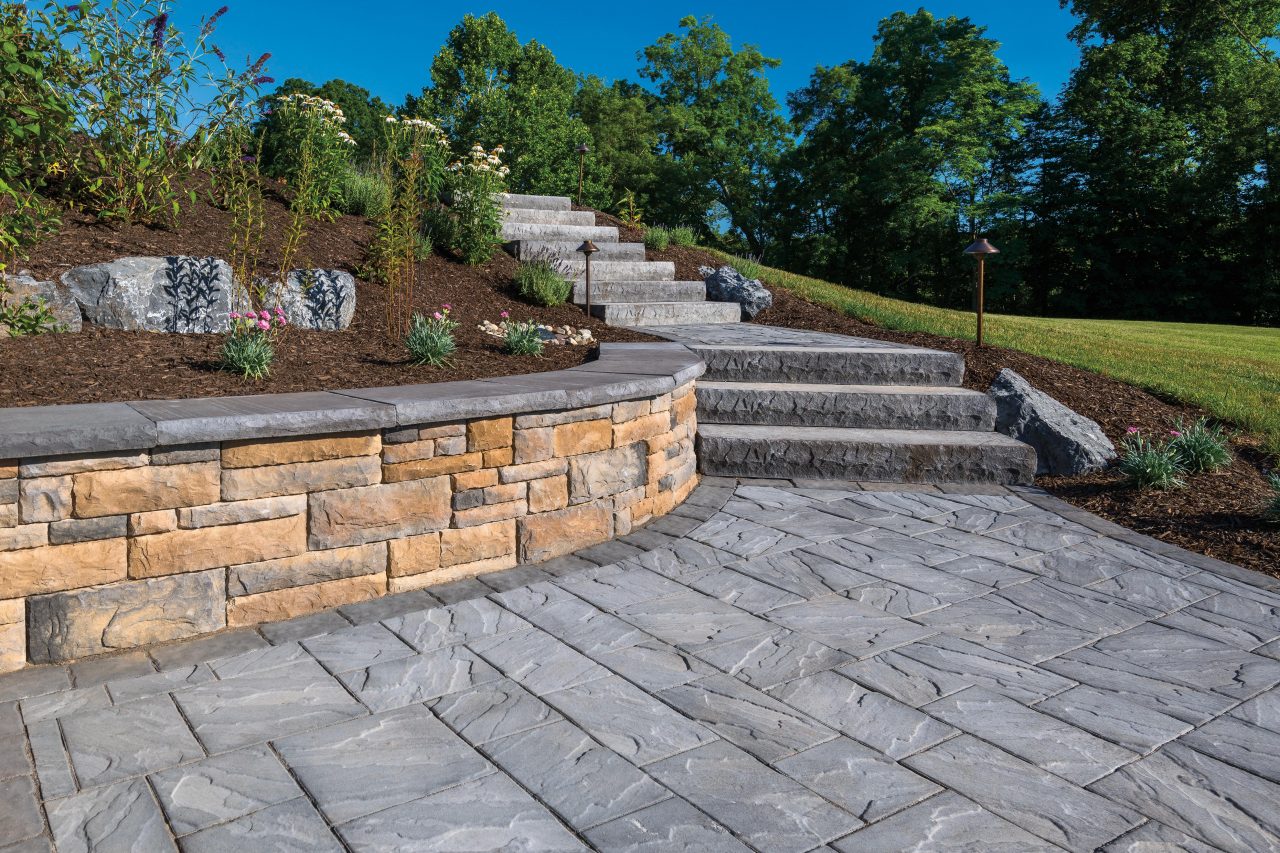Long story short. I use ballast from a company in Tukwila, Washington called Manufacturers Minerals. The ballast I use is not #4 dust (or 1/4" minus) but a clean washed rock that they call “Bridge Topping”. A few other local railroaders use the same stuff (Paul Burch & Dave Goodson come to mind). For years, I’ve wonder what exactly this stuff is, why it’s made, and how someone on the East Coast could replicate this stuff as it looks really good for scale ballast. Not so much for structural ballast. When I buy it in 50 pound bags, it costs a whooping $5.50. Yes, that’s right. $5.50 for a 50 pound bag.
Anyway, I called the company to ask them the hours because I need to pick up another couple hundred pounds and asked what size this rock is. The lovely gal responded by calling it a 4x8, while other companies produce a 6x10. So with that information, I started researching rock sieve sizes… Low and behold, #4, #6, #8, and #10 are all standard rock sieve sizes.
I came across this handy chart. https://www.globalgilson.com/sieve-sizes
Thus, now I know exactly what size rock I’m getting, and you too can replicate at your house by simply sifting some #4 dust (or 1/4 minus). Happy sifting. Meanwhile, I’ll just go buy some bags of rock. ![]()
I’ll try to add a picture of my ballast so you can see what it looks like.




